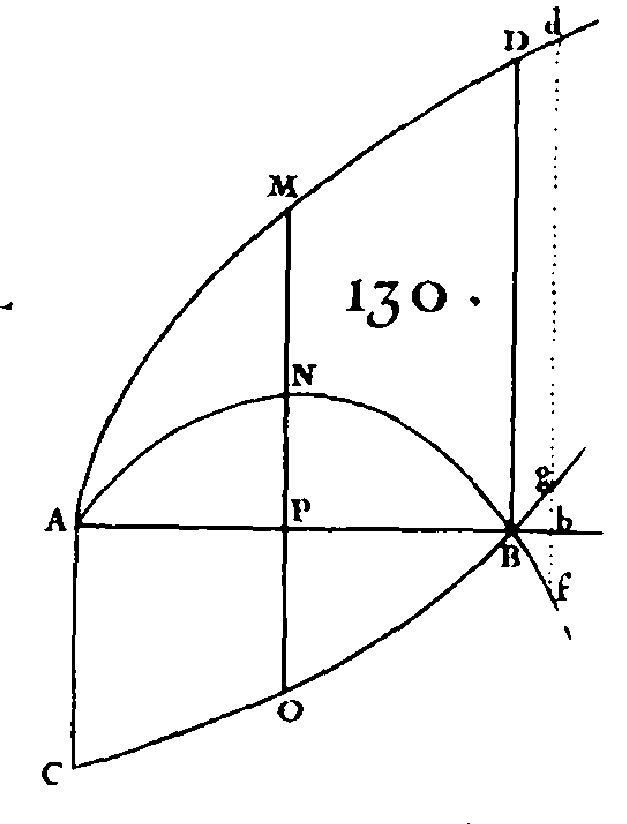See a translation for the manuscript
Overview of Sentiment de Monsieur Leibnitz (1705)
In July 1700, at the Académie royale des sciences, the algebraist Michel Rolle launched the first criticisms against differential calculus, based on its foundations and on its use which he thought fraudulent. This intervention marks the beginning of the well-known querelle des infiniment petits. The Sentiment de Monsieur Leibnitz manuscript bears witness to one of the last episodes of this quarrel before its appeasement in 1706.
In 1705 the debate was at its peak. In his essay Remarques de M. Rolle de l’Académie des Sciences touchant le problesme général des tangentes [Rolle, 1703], Rolle completely discredited both the foundations and the exactness of differential calculus Two years later, on 23 April 1705, Saurin published a reply [Saurin 1705] which he ended by imploring the Académie to pass judgment on the discrepancies between him and Rolle, which he listed in seven points. This extremely tense climate led Varignon to write to Leibniz on 10 May 1705 [AIII 9, 549]. Varignon wanted Leibniz to intervene with members of the Academy. He also asked him to solicit an endorsement on the points formulated in Saurin’s article and those of a memoire he attached to this letter, from members of the République des Lettres, who understood his calculus.
Leibniz reacted immediately. He wrote two letters – one to Gallois and the other to Bignon – and an endorsement in defense of his friends. Two versions exist: a Latin version [Gotha FB A 448-449, 41-42] and an abridged version in French, written by a copyist [LH 35 VII 9, 1-2]. Only the Latin version of this text was published under the title “Sentiment de Monsieur Leibnitz” [Leibniz 1706]. This publication is attached to a text by Saurin (which follows his article of 23 April 1705) and two other endorsements: that of Jacob Hermann and those of the Bernoulli brothers. All the publications were, however, confiscated by Jean-Paul Bignon
L’Analyse des infiniment petits pour l’intelligence des lignes courbes contains an article (§ 163) [L’Hospital 1696] which explains that when a fractional expression has both the numerator and denominator equal to zero at a certain point, its value can be obtained by differentiating the numerator and the denominator. This result is very useful for the determination of tangents at a crunode. Indeed, the formula of the tangent applied to this type of point leads to the expression \frac{0}{0}.

In an article in the Journal des Sçavans published on 3rd August 1702, Joseph Saurin applied article 163 to determine the values of the two tangents at the crunode point x=2 and y=2 ) for the quartic equation
y^4 – 8y^3-16y^2-12xy^2+48xy+4x^2-64x=0
However, this ingenious use was harshly criticized by Rolle. He accused Saurin of adding “supplements” to the rules, whenever it pleased him, and also of abusing the rules of algebra. The Sentiment de Monsieur Leibnitz manuscript was the response to a request from Pierre Varignon who had asked Leibniz to support differential calculus within the République des lettres, in particular to members of the Académie royale des sciences. The manuscript has two very distinct parts. In the first, Leibniz elucidates some technical aspects of Rolle’s critique. The second part is what makes the text more interesting. By clarifying article 163, Leibniz shows that differential calculus is the only one which provides an interpretation of the problematic expression \frac{0}{0} (which appeared here in the geometric configuration of the crunode point, although we can also find it in the characteristic triangle).
The association of the ratio sign and zero “0”, which constitutes \frac{0}{0}, refers in algebra to an impossibility and indicates a limitation. Using vanishing quantities, Leibniz takes up the challenge of making sense of the expression \frac{0}{0} and goes beyond this limitation. This is an additional argument toward the habiles de la spécieuse ordinaire.
There is a French version of this text by Leibniz himself (available here).